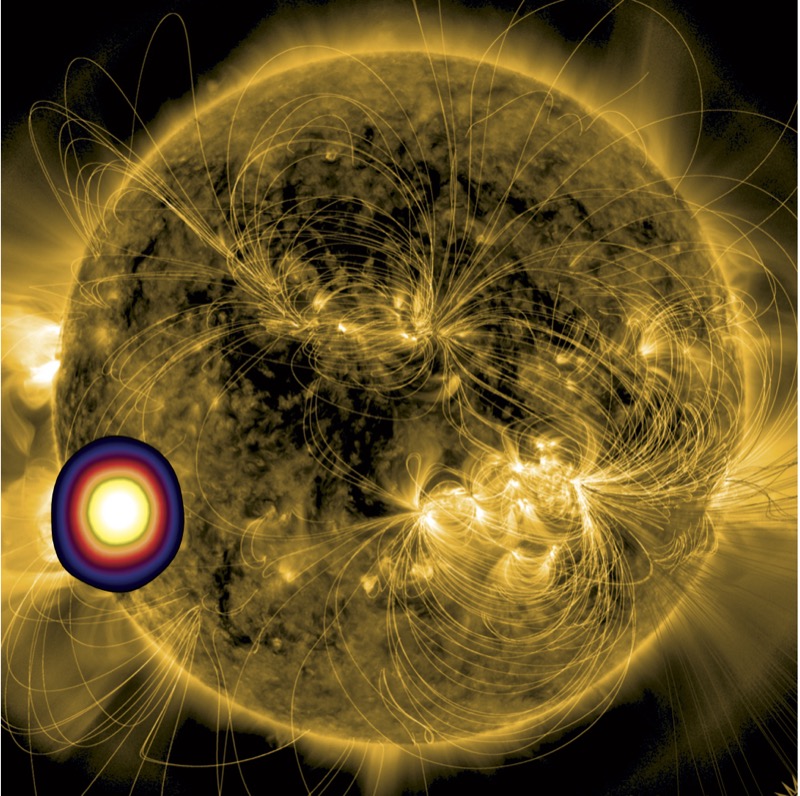Trinity Astrophysicists to Build International Radio Telescope at Birr Castle
Posted on: 07 April 2016
A €200 million international network of radio telescopes – the Low Frequency Array (LOFAR) – is providing scientists with amazing views of solar flares, stars being born, searching for new planets, and enabling us to study the early Universe with better detail than ever before.
This led a consortium of Irish universities, headed by Professor Peter Gallagher of Trinity’s School of Physics and Associate Dean of Research, to embark on an ambitious goal to raise €2 million to build a LOFAR telescope at Birr Castle. The consortium has now secured nearly €600,000 in philanthropic and member donations in addition to €1.4 million from Science Foundation Ireland. “Our first supporter was Joe Hogan, the founder and CTO of Openet, Ireland’s largest indigenous software company. Joe is passionate about technology and astronomy and introduced us to Dermot Desmond and Denis O’Brien. They recognise the importance of Ireland being involved in exciting international research projects that help us to attract students into careers in science and technology”, commented Professor Gallagher.

Of course, Trinity has a long and distinguished tradition of research in astronomy dating back to the construction of Dunsink Observatory and the establishment of the Andrews Chair of Astronomy by Provost Andrews in the 1790s, and the 3rd Earl of Rosse, who built the Great Leviathan Telescope of Birr in the 1840s, was Chancellor of the University of Dublin.
“The Birr LOFAR station builds on our scientific heritage in astronomy and connects us to the largest low-frequency radio telescope in the world”, explained Professor Gallagher. “The impact of LOFAR on a wide range of astrophysical topics will be immense. It will help us find new planets and search for extraterrestrial intelligence; revolutionize studies of transient stars and galaxies; conduct the first studies into the early Universe after the Big Bang; complete the most extensive surveys of galaxies at low frequencies; provide a new insight into the Sun-Earth system. Due to the huge volumes of data that LOFAR will generate, it will also act as a test-bed for big data science and real-time data analytics”, he continued.
Solar researchers in the School of Physics will use LOFAR to study the impact of solar activity on technologies such as GPS, telecommunications, and electrical power grids. LOFAR will enable them to work out where solar storms occur on the Sun and what speed they are moving at, which is key to accurately forecasting their arrival and impact here on Earth. “Last year, the air traffic control system in Sweden was interrupted for an hour as a result of a large solar radio burst”, said Professor Gallagher. “The I-LOFAR radio telescope will be used to better understand the basic physics of these extreme solar events and help us to forecast their impact on a wide range of technologies that we rely on as part of our every-day lives, such as for communications and navigation.”
The I-LOFAR consortium includes researchers from across the Irish and Northern Irish higher education and research landscapes, with teams from Trinity, UCD, DCU, DIAS, NUIG, UCC, Armagh Observatory and QUB. HEAnet, the Trinity Centre for High Performance Computing and the Irish Centre for High End Computing will lead the transport and processing of data from the I-LOFAR station.
